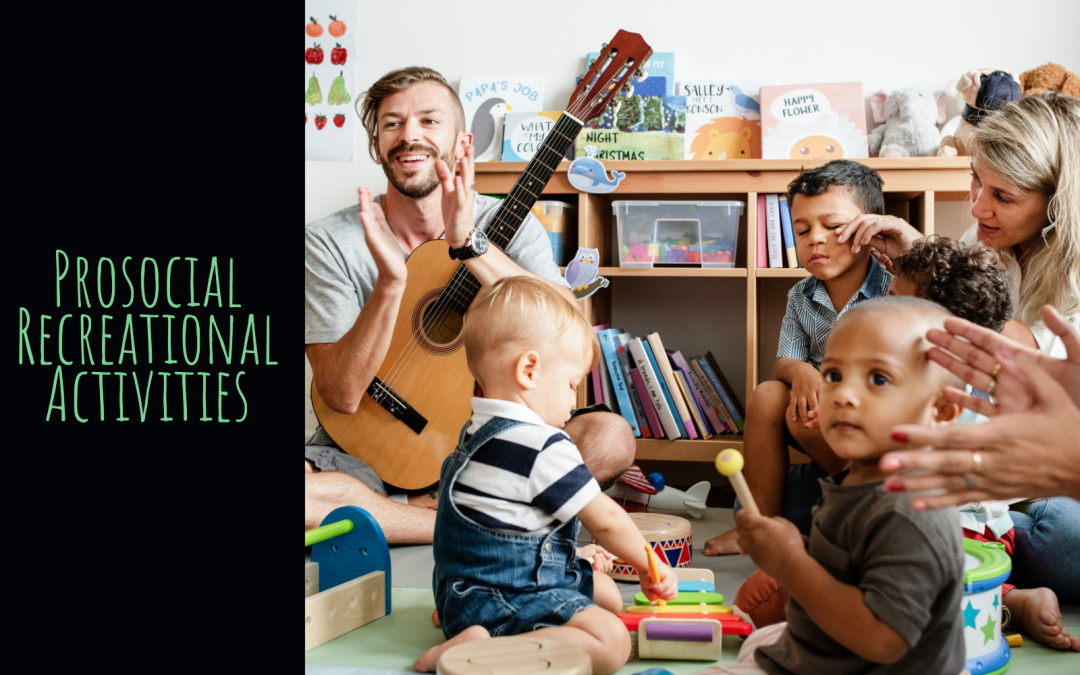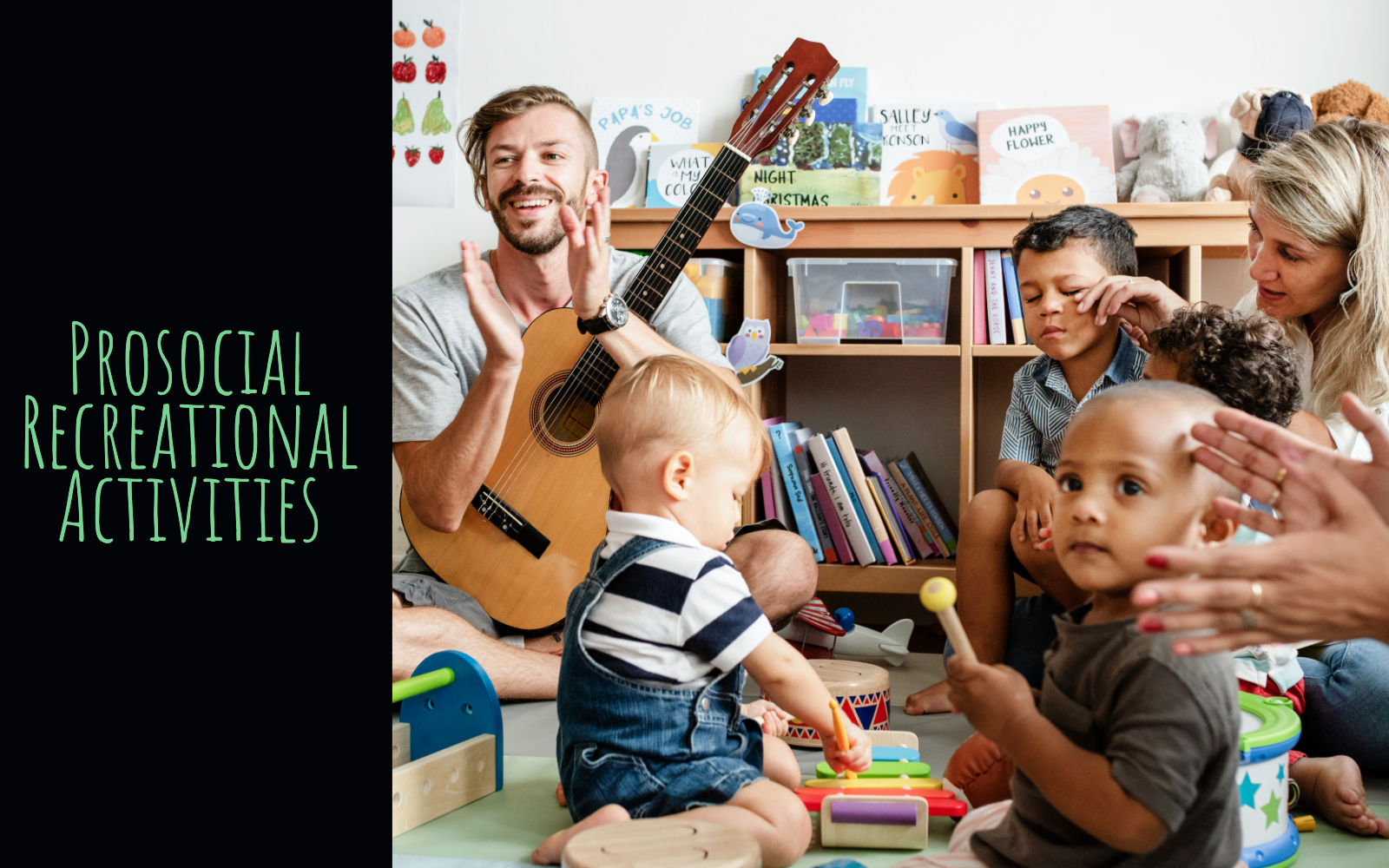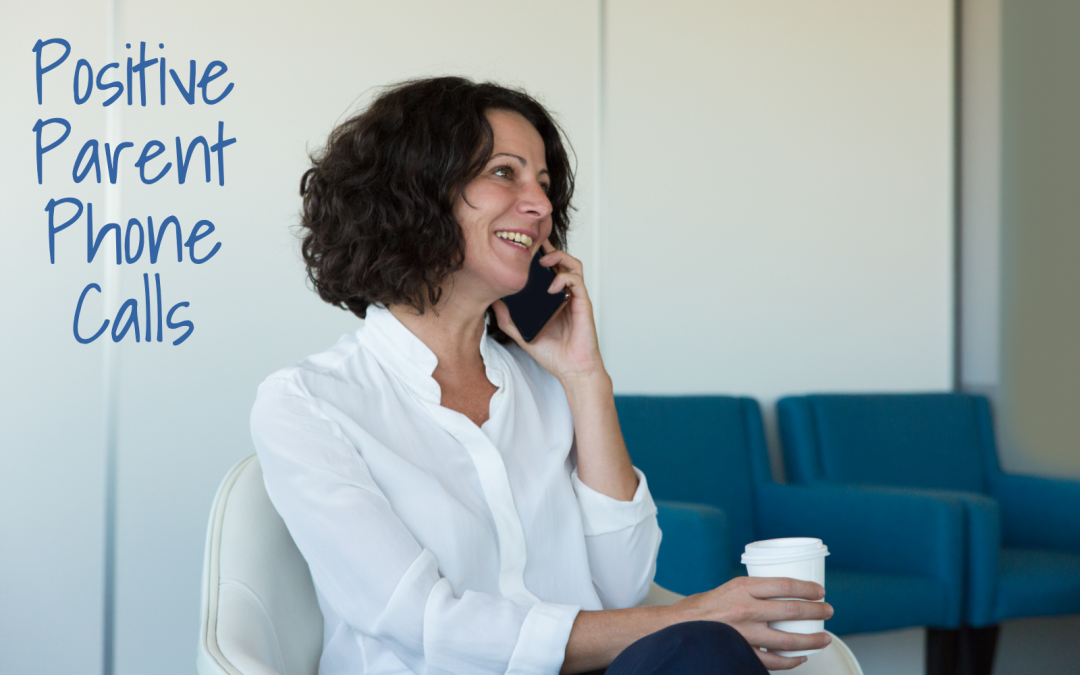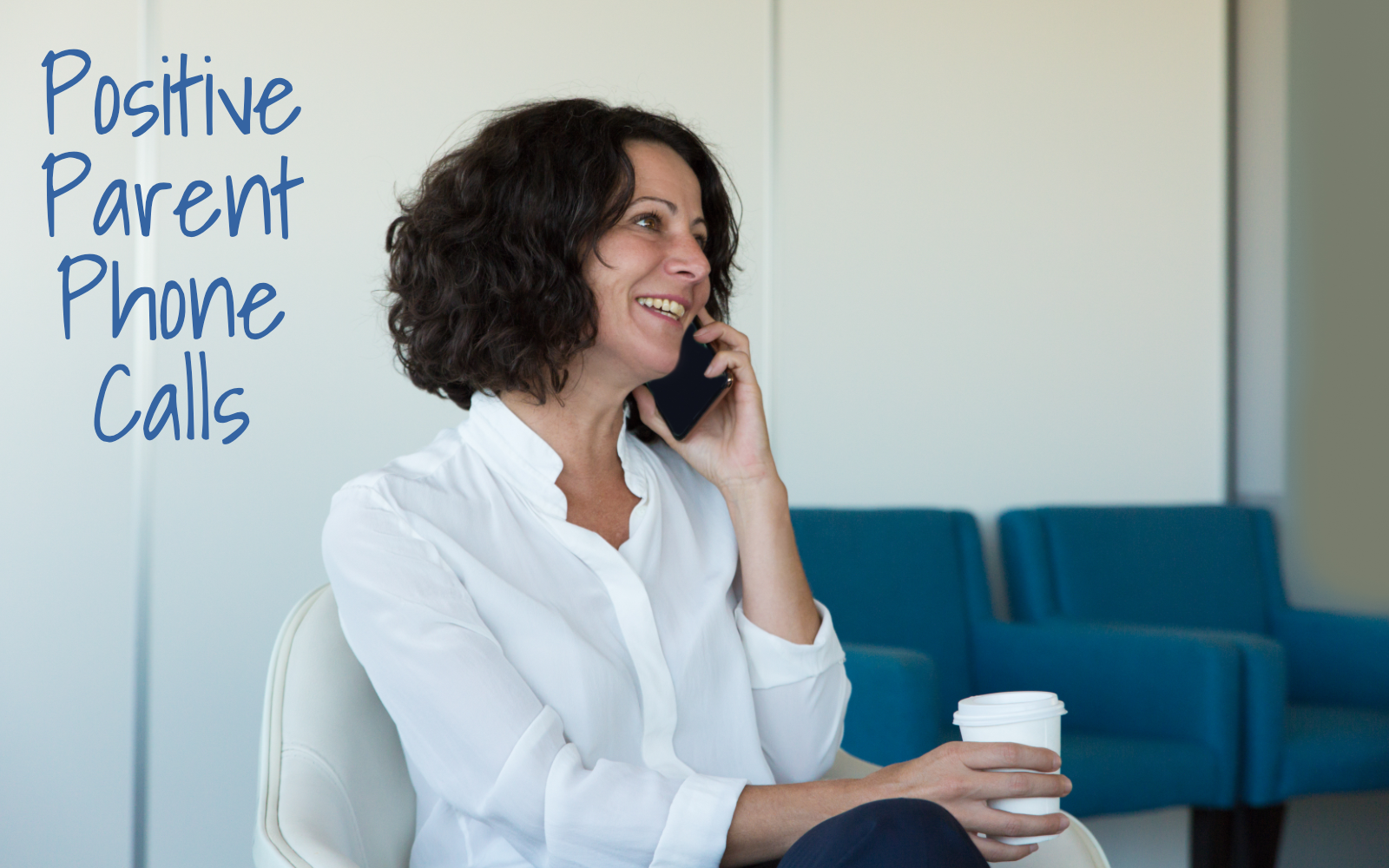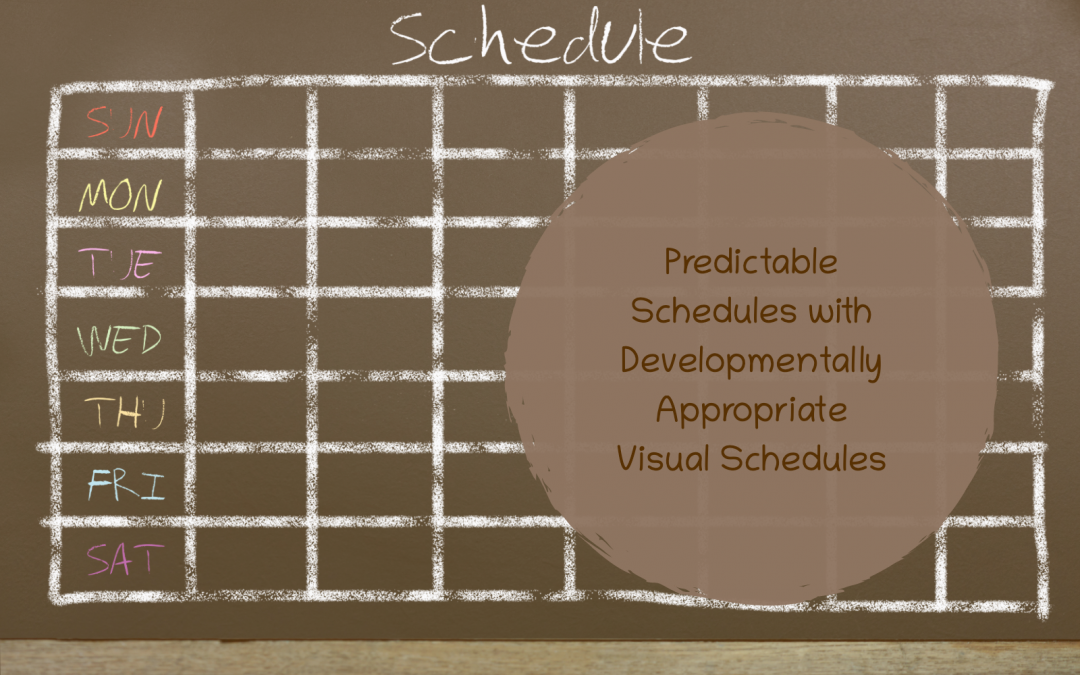
Predictable Schedules with Developmentally Appropriate Visuals
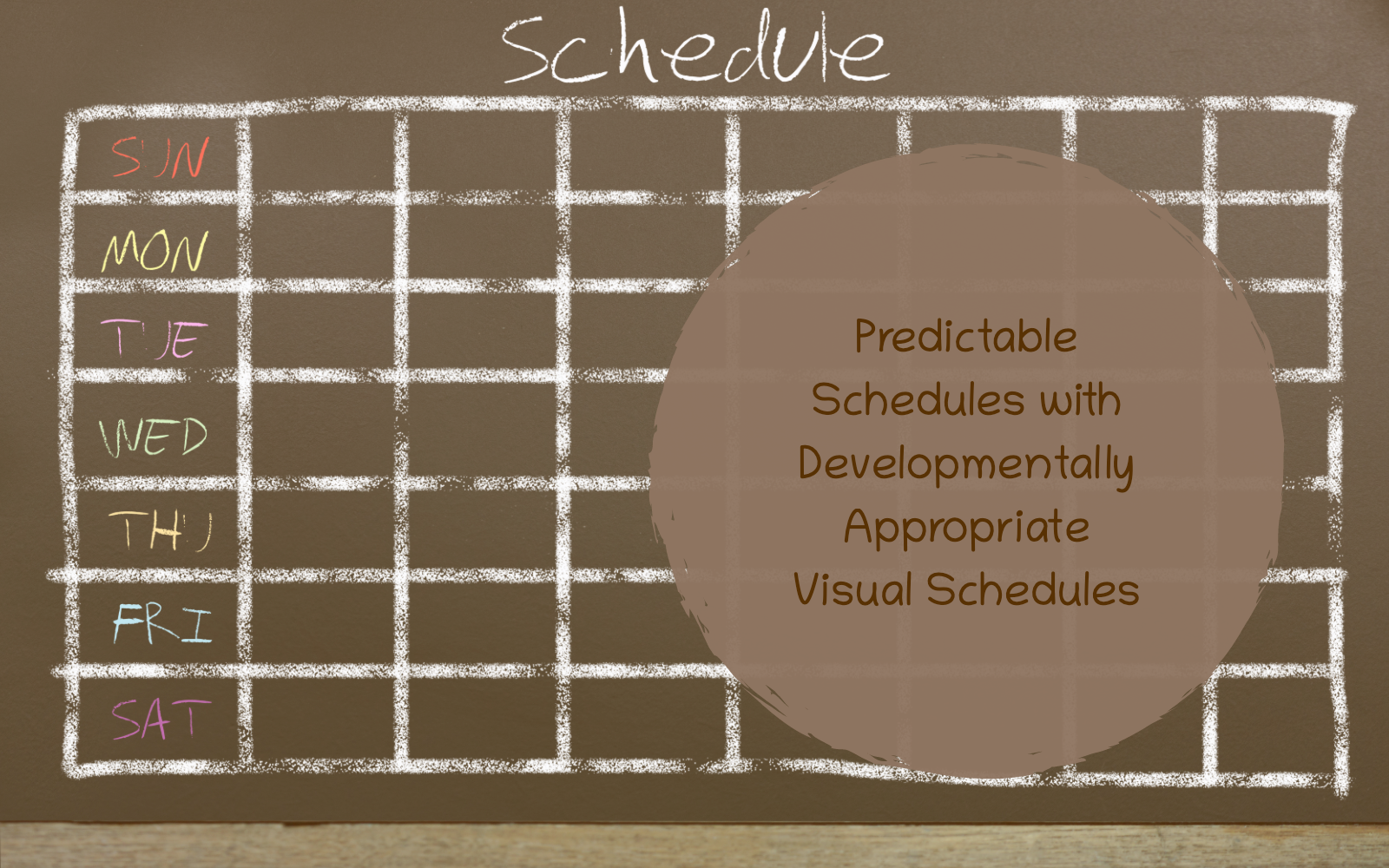
Predictable routines help children understand what is coming next in the day as well as what they are expected to do throughout the day. This, paired with a visual schedule, communicates the sequence of upcoming activities or events through the use of objects, photographs, icons, words or a combination of tangible supports. A visual schedule tells a student where she should be and when she should be there.
They:
- help students become independent.
- reduce anxiety for students by providing a clear structure for the school day.
- remind students of routines.
- set expectations for the day.
- Communicate the daily schedule and set clear expectations at the beginning of each day.
- Design a format for your visual schedule that is age appropriate (pictures, words or a combination of the two).
- Have the schedule visible for all students each day.




